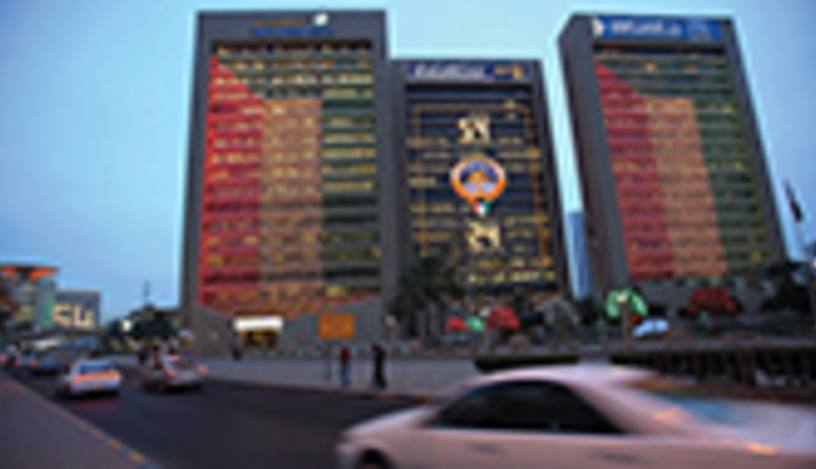Though the recent fall in global oil prices has hit many energy exporters hard, the situation is altogether different for Kuwait. With enviable fiscal breakeven costs of about $48 per barrel, the country is now transitioning to the next stage of its economic growth with the help of long-awaited government infrastructure projects and a more pro-business political environment.
These positive trends are mirrored in the country’s accelerating gross domestic product (GDP) growth, which is expected to reach 1.8% this year, up from 1.4% in 2014, according to the International Monetary Fund (IMF).












